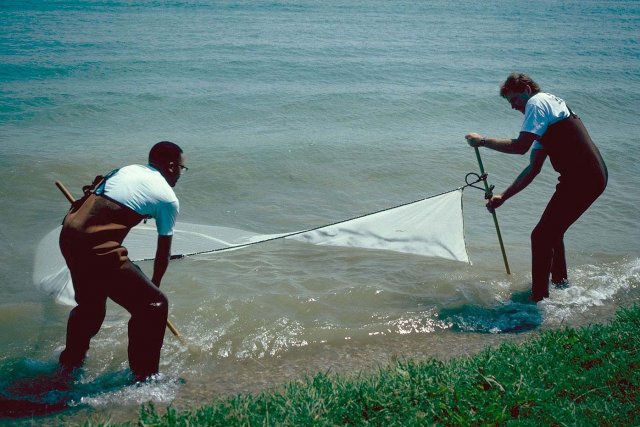After 50 Years, EPA Researchers Are Still Using WASP Water Quality Model

The Water Quality Analysis Simulation Program (WASP) is one of the most widely used water quality models in the United States and the world. WASP has seen continuous development and use since its release in 1970’s, with researchers across the world still using the model today.
WASP was developed in the private sector by HydroScience Inc. but was released publicly in 1981 after being used in several EPA projects in the Great Lakes. Since its public release, EPA scientists have been improving and refining the model so it can be used for a wide variety of water quality prediction contexts.
WASP can be applied to both natural phenomena and manmade pollution in many different contexts and can be used to simulate concentrations of contaminants in both surface water and bottom sediments. Its longevity is in large part due to how dynamic and modular the model is, compared to many other water quality models that are designed with a specific purpose or location in mind.
The first release of the model by EPA’s Environmental Research Laboratory in Duluth, Minnesota, set out its guiding philosophy and approach.
“The application of mathematical modeling techniques to water quality problems has proved to be a powerful tool in water resource management. As a diagnostic tool, it permits the abstraction of a highly complex real world. Realizing that one can never fully expect to detail all the physical phenomena that comprise our natural world, one attempts to identify and include only the phenomena, be they natural or man-made that are relevant to the water quality problem under consideration.”
During its 50-year lifespan, WASP has been applied to a range of different water systems to address many different environmental contaminants both domestically and internationally.
In the U.S., WASP is routinely used to assist in regulatory decisions for waste load allocations to dischargers, the determination of total maximum daily loads (TMDLs), and the derivation of water quality standards. It is currently being applied to the Delaware River estuary for the development of nutrient TMDL and water quality standards. The WASP organic chemical module was recently enhanced to simulate the fate and transport of nano materials in the aquatic environment.
Internationally WASP has been used to assess the impact of climate change on the Chungju Lake in South Korea, address technical challenges with modeling for rivers in Taiwan, and simulate the long-term dynamics of mercury cycles in the Adriatic Sea.
The large WASP user community throughout the U.S. and world has been an integral part of the development and advancement of its capabilities. The WASP development team have routinely provided WASP workshops and trainings. This summer will mark the 21st anniversary of the annual Water Quality Modeling Workshop using WASP, which is typically hosted by EPA Region 4. The workshop will be held online and is free to attend, with all materials made publicly available.
EPA scientists recently began developing WASPTool, a set of software utilities to communicate with WASP’s user interface and scientific modules using external programs or methods, making WASP more interoperable with other software in a rapidly changing computer environment.
After 50 years, WASP continues to be a valuable tool for both regulatory activities and water quality research to protect the aquatic environment and human health.
Learn More:
